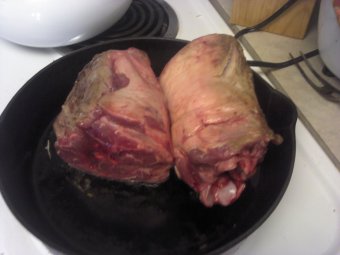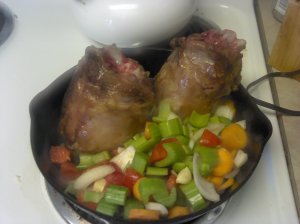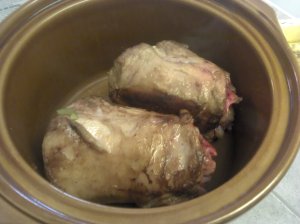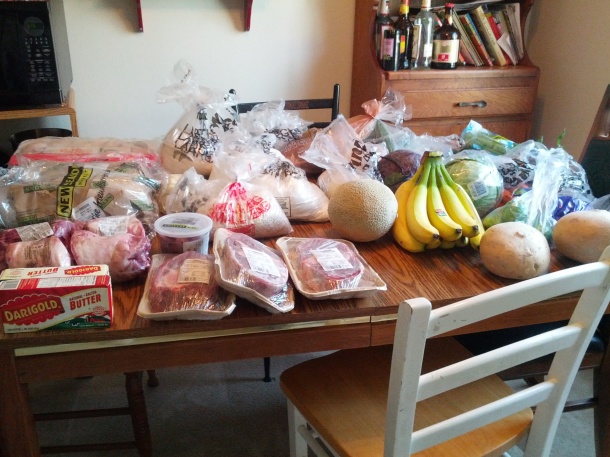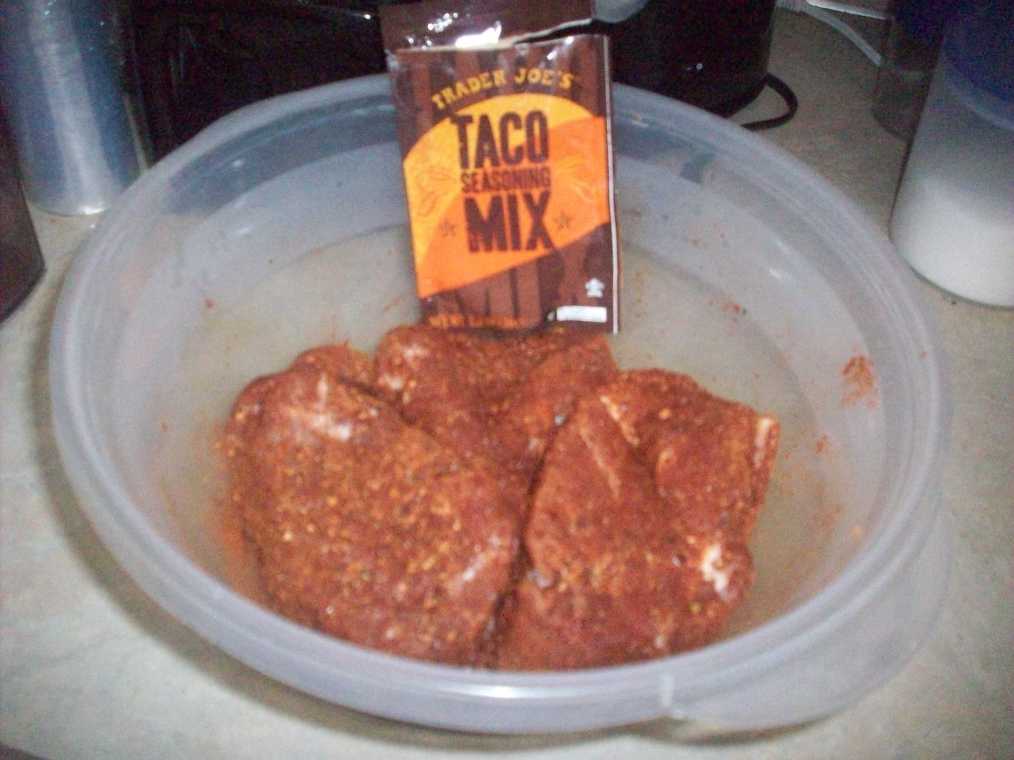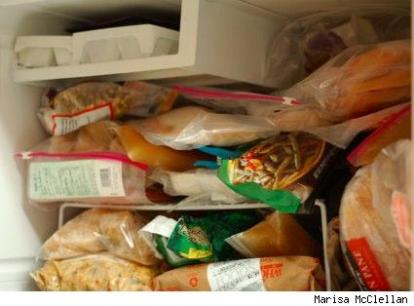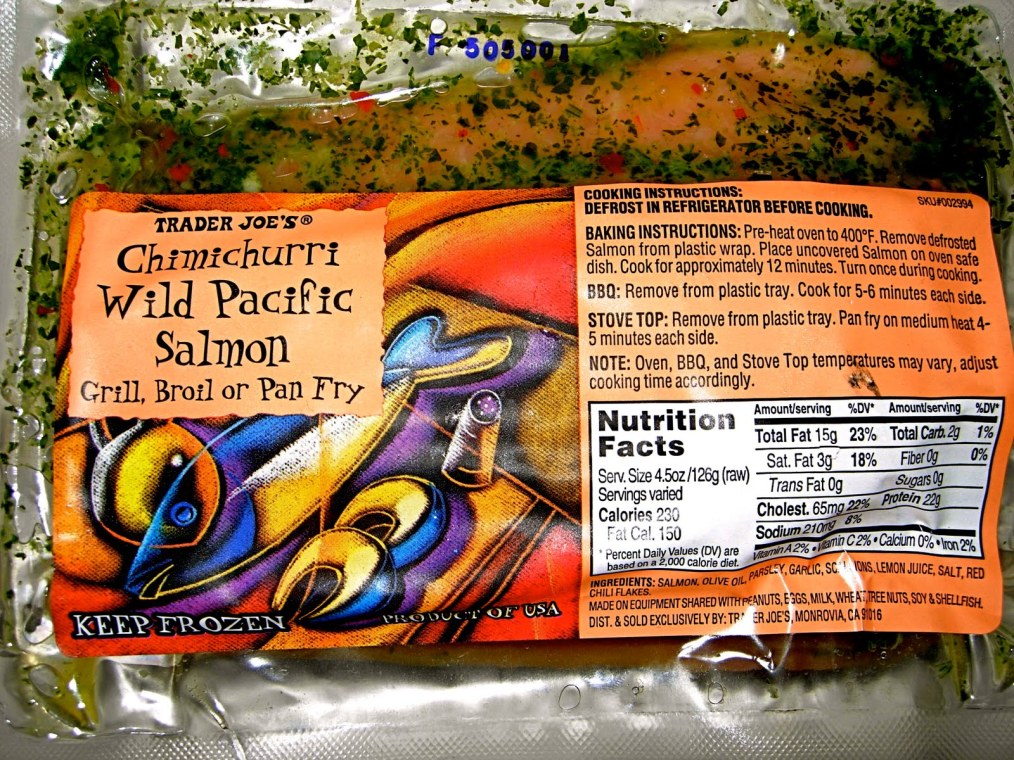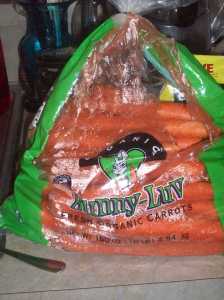I live on a budget. A very close to the wire, you have to wait for your next pay check kind of budget. We do our best to not shop in between shopping trips, cause those little trips add up. That is when you have to get creative and find new ways to use different foods for the more expensive or used foods you have in your pantry right after your shopping trip but, not towards the end. Or maybe you just didn’t buy that particular product as a result of it being to expensive. Here is a short list of things that I substitute out on a regular basis almost seamlessly to keep myself on track.
Coconut oil

Coconut oil is like the paleo holy grail of cooking fats, but at $5.99 for this little jar that will last me maybe a week and a half (yeah, I know we go through a lot), it just isn’t worth it.
My Solution

I render my own tallow in a crock pot. I can buy grass fed suet from my local butcher for 99 cents a pound. With three pounds I can make enough for almost a month. I save $13 a month doing this. I know that doesn’t seem like a lot but, in a year that is $156 I don’t spend on cooking fats. For me, a little bit goes a long way. Saving a few cents here and there really does add up.
Total Savings Per Year: $156
Sweet Potatoes

Sweet potatoes around here cost 99 cents a pound. Not a lot but, I can eat a sweet potato a day if I let myself. In fact I could eat sweet potatoes every meal of every day. Which could get expensive, if left unchecked.
The Solution:

I use whatever starchy veggie is on sale. Seriously, if beets are 48 cents a pound I’ll eat them. If carrots are 30 cents a pound I’ll use them. The trick is knowing where certain things will work. Most starchy veggies can be turned into oven fries (my weakness). I have had beet fries, carrot fries and butternut squash fries. All were very good, yes they do all have their own flavours but, all work. If I am baking something like sweet potato brownies, I’ll substitute the sweet potatoes out for carrots or an orange squash. This works very well, just make sure you use the same amount of bulk in the recipe. If you are using the starch as an after workout meal, any of the above will work. You can even mash most of the above ( I wouldn’t suggest mashed beets by themselves, they are good mixed in with mashed squash or to stretch sweet potatoes). This trick can save me a trip to the grocery store and the 50 cents a pound on sweet potatoes. If I were to eat an average of 4- 1lb sweet potatoes a week this would save me $2 a week or $8 a month. In a year this would save me far around $96. Not mentioning the gas saved by not going to store and the added problem of if I go to the grocery store I am likely to pick up at least 5 other things.
Total Savings Per Year: $252
Ghee
 I cannot get grass fed ghee locally. So I have to settle for getting a small 7.8 ounce jar for $15. Yikes! Granted, I only use this occasionally when I want a buttery flavour, but still I like to have a little around. I might use this jar over a couple months. But, still it pains me to spend that much on just a jar of ghee.
I cannot get grass fed ghee locally. So I have to settle for getting a small 7.8 ounce jar for $15. Yikes! Granted, I only use this occasionally when I want a buttery flavour, but still I like to have a little around. I might use this jar over a couple months. But, still it pains me to spend that much on just a jar of ghee.
The Solution
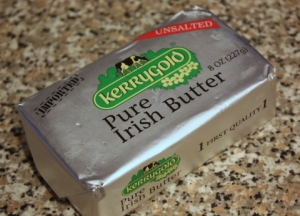
I buy my own ghee from grass fed butter. I can get Kerrygold grass fed butter at Trader Joe’s for $2.79 for half a lb. When I make my own ghee (with this recipe) I get approximately 6 ounces of ghee per every 8 ounces of butter. That makes homemade ghee cost me $7.44 a lb. The above grass fed ghee would have cost approximately $30 a lb. Even if I only use 1 lb every 4 months, I would save around $68 a year. Worth it me!
Total Savings Per Year: $320
Coconut Milk
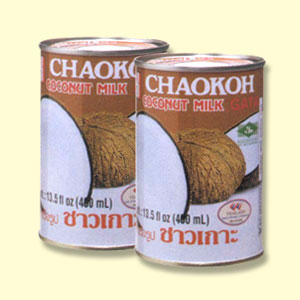
I have an asian grocery store right down the block from me so I can get coconut milk for around $1.75 a can. I know that is fantastic and I usually just use it out of the can. But I always keep shredded coconut on hand for the alternative if I need it. I only buy one can of coconut milk for each week to keep costs down. But if I need more, I make this cheapskate substitute that works in works in most recipes just as well.
The Solution

1 cup of coconut flakes to two cups of boiling water in the blender. This comes out to about 78 cents per 16 ounces or can for me. I only use this when I run out of coconut milk in the can because it is a bit thinner then straight coconut milk. However, it works in a pinch and keeps me from going to the store. I only end up using this about once a month, so the savings are about $1 a month or $12 a year. Again, this is more to keep me from going to the store and buying more then I need.
Total Savings Per Year: $332
Now I know that may not seem like a lot, but these are just base savings. If I don’t go to the store chances are I won’t spend any money. Even if I do only pick up the one thing that I am going to the store for (which never happens by the way) I am still saving money. Not to mention time and gas money saved. It is all about keeping everything in perspective and knowing you can do it cheaper at home.










